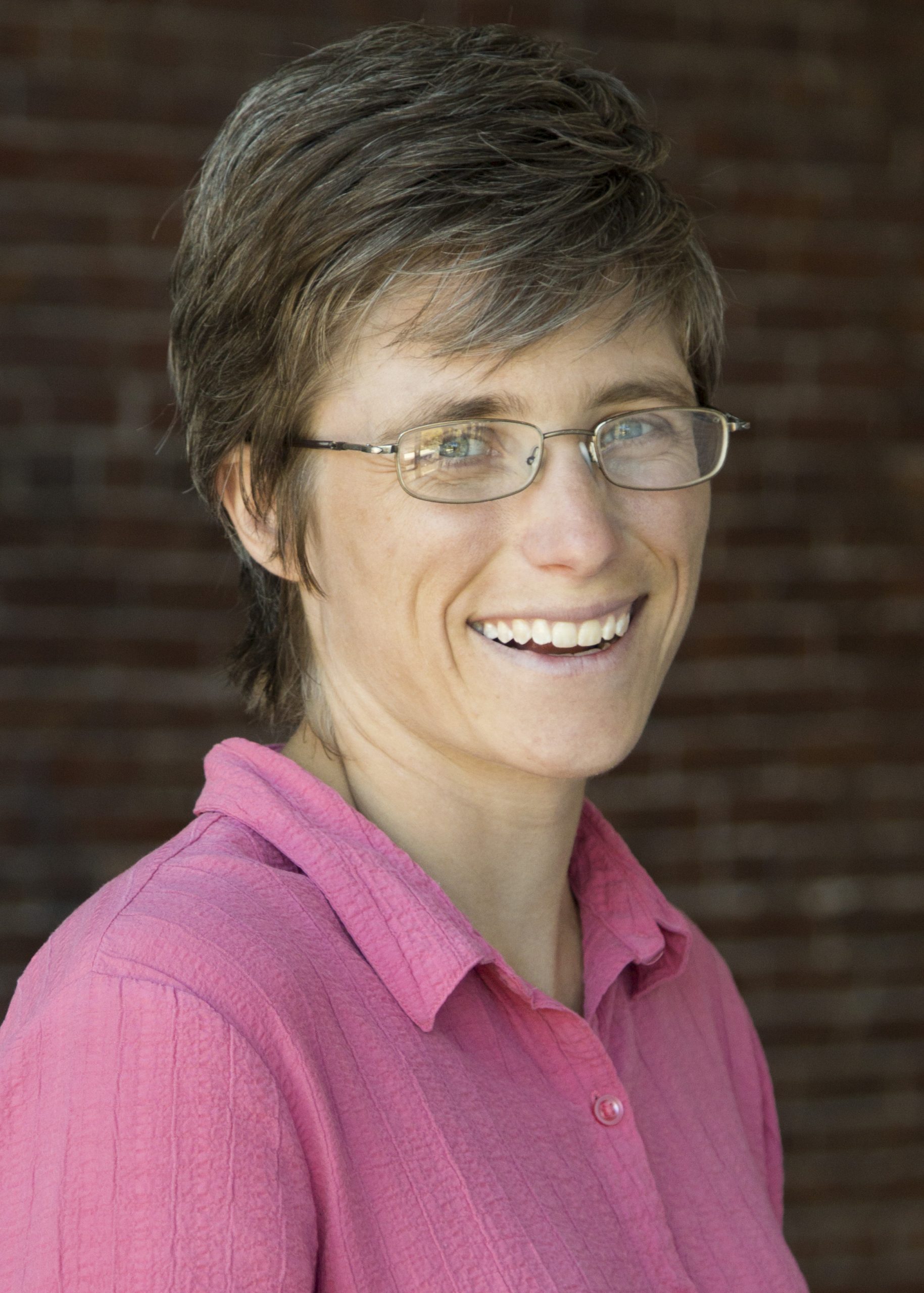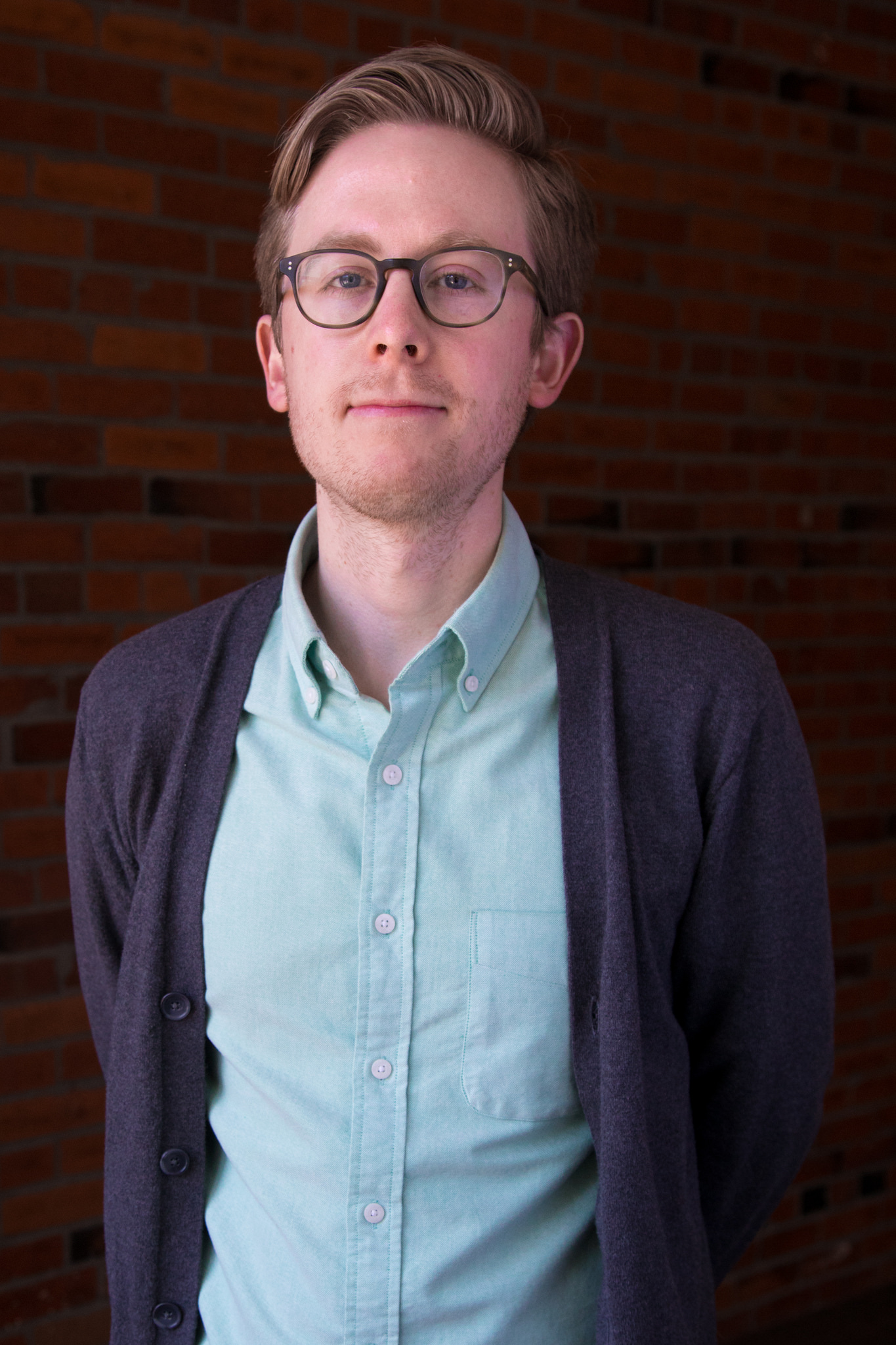TCOM 486 Feature Writing student article on: Heather Heinz
Written by Teaonna Morton
Preparing a course to be offered online takes months of planning and development. However, this past spring the campus was shut down due to COVID-19 and classes needed to be moved online as soon as possible, leaving faculty and staff scrambling to find a way to support students while also being able to maintain a quality educational experience. Students in Professor Chris Demaske’s TCOM 486 Feature Writing class interviewed some of those faculty and staff to see how the transition went for them and what they learned through the entire process.
Every Friday Heather Heinz makes her way to the classroom, wipes down all handles and doors in conjunction with safety measures induced by the COVID-19 virus and sits down at the university’s computer to conduct her online seminars. The first part of successfully teaching online is having the internet. Heinz, at this point, has already fallen short.
“Technology is a limiting factor for me,” she said.
She admits that she did not have a smartphone up until her recent study-abroad trip and conducting online classes, like seminars, was going to be an issue for her. To combat her struggle, a quick way to find reliable internet became her priority. With this, she finally got permission to be on campus to hold Zoom meetings for her 30+ student filled seminars. This is her new reality.
Heinz, a lecturer of Environmental Science, is still excited for the online future at the University of Washington Tacoma despite her shortcomings. In all four years of working at the university, she has only taught one online class before.
“I felt a little bit of relief because I knew how much work it was going to be to transfer to online,” she said.
Knowing what to expect, Heinz has not let the daunting task of extra amounts of work steer her panic-stricken. Moving forward, Heinz had to overcome some other hurdles in the process.
She admits that she loses track of the days, like a periodical calendar melting away as they pass by. With online classes proceeding, she continually finds it hard to gauge where her students are at. One of the biggest issues for faculty is students not reaching out or communicating enough.
“It’s very challenging to verify where people are at and that’s exacerbated by the online environment,” Heinz said.
As she still struggles, she finds it easier to determine a balance between how to help her students and hold them responsible at the same time. Being more communicative about her policies, she finds that students have shown more interest and engagement.
Letting students move through her course content at their own pace has shown to be more effective for her teaching style, and she enjoys letting her students have more flexibility, but this also comes with a cost. She finds that through this flexibility students sometimes have a hard time meeting due dates because they are often tempted to push back and procrastinate on assignments.
“Temptation can have really negative consequences for students,” she said.
Blurring the lines of outlining the course and implementing an intentional pacing structure has caused her to dig herself into a hole at least once this quarter, but she plans on overcoming these issues by reflecting on what she can do better next time.
For Heinz, moving to all online has not been full of struggles and regret. She takes this time to contemplate the importance of teaching effectively and how reflection will help her communicate better in the future. She also feels humbled knowing that she has been able to practice and develop teaching skills that carry over to her on-line classes effectively.
“We can’t expect to make sudden shifts flawlessly, so let’s not hold ourselves to the level of perfection,” Heinz said. “Let’s hold ourselves to the level of always improving, always growing.”


